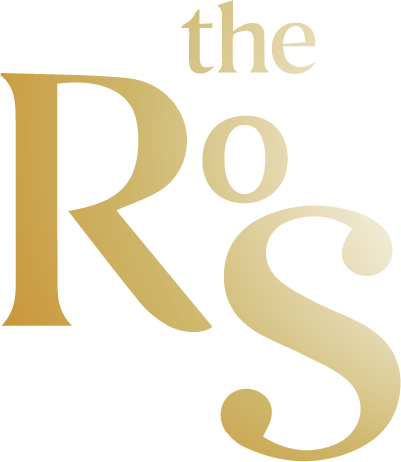DEVELOPING A STRATEGY IN CONDITIONS OF “INCREASED” UNCERTAINITY: IT’S A MATTER OF THE APPROPRIATE MINDSET AND A SYSTEMIC APPROACH
We are living in a complex historical period, perhaps the most complex in recent history: a pandemic, a war, economic and social tensions. In this scenario, it is difficult not to feel lost: inflation, taxation hikes, threats of new repercussions at international level, unsustainable prices of raw materials and energy for families and companies. In all of this we are also experiencing a decade of strong digital transformation that creates new business models, often making existing ones obsolete and generating further uncertainty about how competitive sectors and scenarios will evolve. How to face these challenges?
How can companies develop a strategic plan in conditions of such great instability and uncertainty about future scenarios?
According to Roger Martin, whose thinking I fully share, to build a successful strategy it is necessary to focus one’s mindset on three fundamental pillars:
- always start with customers;
- invent your own future;
- operate and make choices in a complex and adaptive system
The first pillar is an essential prerequisite.
Any strategic initiative must be conceived in relation to its impact on customers.
Choosing who we want to serve comes before developing a product or service. Understanding the needs, aspirations and desires of our customers is key to being able to offer them value propositions capable not only of satisfying them but of retaining them and making them become real ambassadors of the corporate brand.
The second pillar is connected to the theme of innovation.
Innovating implies imagining future scenarios and developing hypotheses starting from current trends and perceptions about the latent needs of our customers.
It is not enough to listen to what customers are saying, we need interpretation, prototyping and testing work that allows us to validate our hypotheses and make new products and services attractive.
The third pillar has to do with the systemic approach.
Today entrepreneurs and managers feel the need for a planning process that is agile and responsive.
It must take into account the challenges of complexity, change and uncertainty that an organization is simultaneously facing. A traditional approach to developing a strategic plan is built from lists of initiatives with multiple objectives and activities to be developed.
Such a plan involves various types of risks, including:
– blocking the company in projects that are impossible to follow in the face of sudden market changes; for example, a sudden change in the price of raw materials;
– long execution times, which usually lead to questioning the rationale that led to a specific strategic option during the process; for example, the sudden closure of some key supply chains in Russia and Ukraine;
– changes to corporate governance: board and management changes do not always allow organizations to fulfil implemented actions; think of how many industrial plans are communicated to investors and management with impressive presentations and then end up in a drawer.

The shift from a traditional mindset to a systemic approach.
It is therefore increasingly vital for entrepreneurs and managers to find methodologies and tools that can provide people with reference frameworks that help to independently guide choices and actions in the desired direction of the company.
In this sense, the definition of corporate Purpose and Values, the Strategy Map or the Strategy Framework HSD (Human System Dynamics) are all useful tools to systemically represent the key elements of corporate strategy.
Triggering agile planning and monitoring mechanisms around these tools allows companies to maintain their alignment between strategy and execution over time, even in a highly unstable and complex context.
Business Partner


